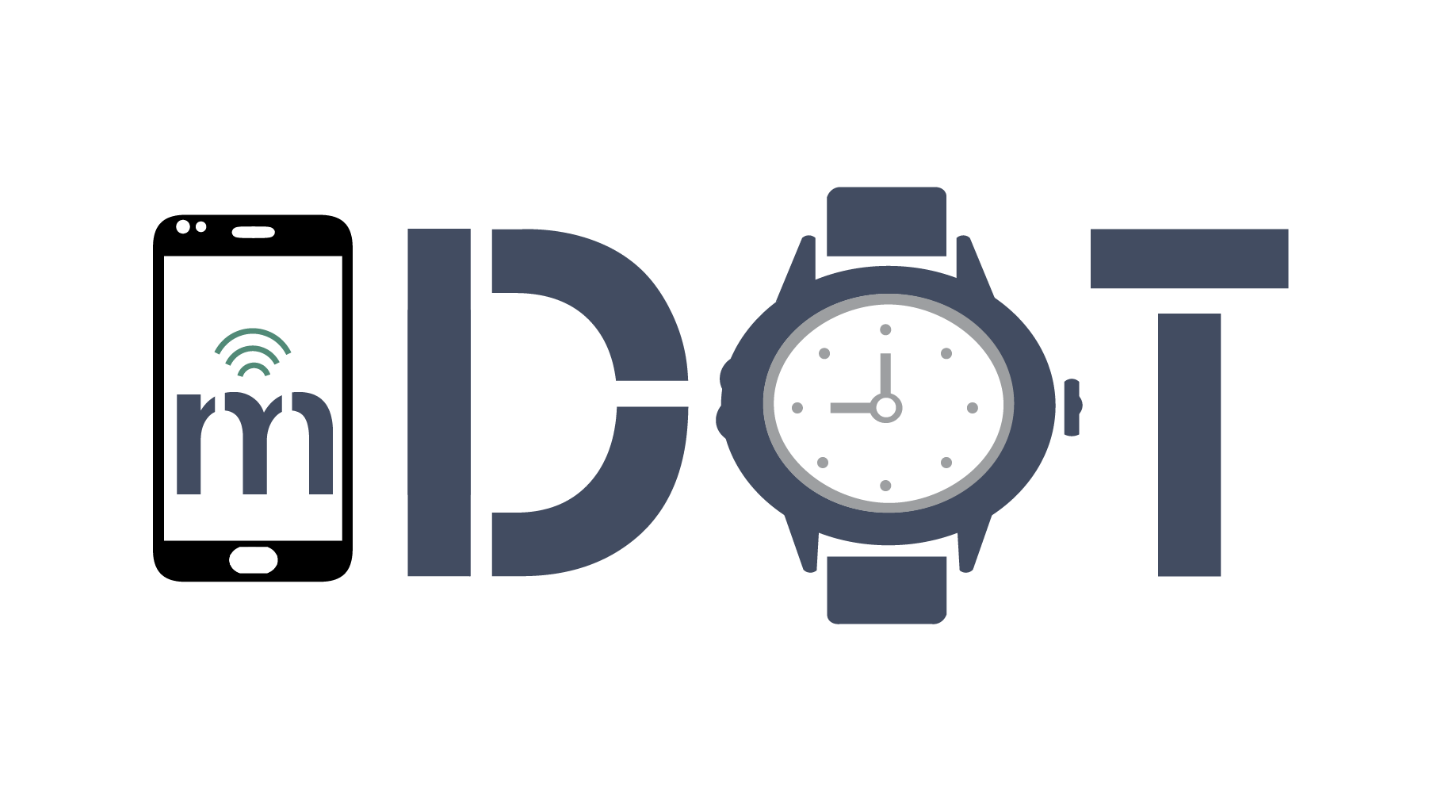
mDOT Center Annual Meeting
The primary objective of the meeting is to gather face-to-face to establish a well-defined roadmap for securing funding and achieving tangible outcomes for specific Technical Research and Development (TR&D) projects during the Center’s second term, spanning the next five years. The day’s agenda has been carefully curated to ensure a comprehensive discussion, with a particular emphasis on refining the Center’s direction for the upcoming term. This includes developing a compelling pitch outlining the Center’s vision and objectives for the second term.
Meeting Objectives:
The primary goal of the meeting is to establish a well-defined roadmap for the Center’s second term (2025-2030). Participants engage in comprehensive discussions focused on refining the Center’s direction, identifying key areas for improvement, and deciding on the focus of Technical Research and Development (TR&D) projects. This roadmap is crucial for securing funding and achieving tangible outcomes.
Lessons Learned sessions allow participants to reflect on the successes and challenges of the Center’s first term. Evaluating what has worked, what hasn’t, and what needs modification provides valuable insights. This retrospective analysis guides decision-making for the future, ensuring the Center builds upon its strengths and addresses any shortcomings.
The inclusion of Student Lightning Talks and Poster Showcases adds an interactive dimension to the meeting. It provides students with opportunities to present their research, encouraging engagement and feedback from attendees. This interactive session promotes knowledge exchange and networking among students and established researchers.
The meeting dedicates significant time to identify 3-4 specific TR&D projects for the second term. Participants evaluate each project’s potential impact, outline specific aims, and discuss tangible results (milestones). The push-pull relationship between Core Projects (CPs) and Special Projects (SPs) is explored, ensuring a cohesive and productive collaboration.
Participants collaboratively work on creating an overall pitch for the Center’s second term. By aligning the TR&Ds’ objectives, the pitch aims to be compelling and coherent, emphasizing the Center’s 15-year vision. This exercise ensures a unified approach and strengthens the Center’s identity in the research community.
The Executive Advisory Committee Feedback Session allows the Center to benefit from the insights and expertise of external advisors. Seeking feedback and suggestions strengthens the Center’s impact and fosters collaborations. Discussions revolve around strategies to enhance the Center’s influence in the field.
The meeting concludes with a session dedicated to summarizing the day’s discussions, outlining action items, and specifying responsibilities for follow-up. This session ensures that the outcomes of the meeting are translated into actionable plans, guiding the Center’s activities in the immediate future.
More information about the annual meeting including the program and attendees may be viewed here.








